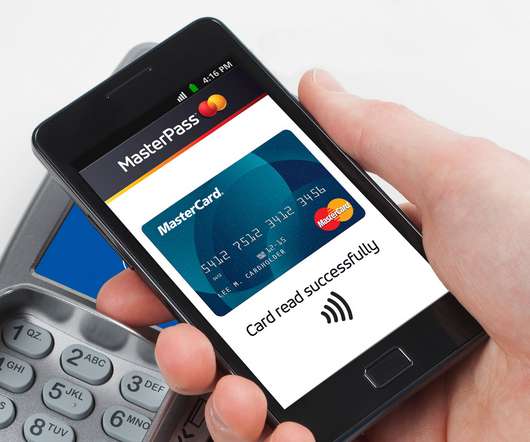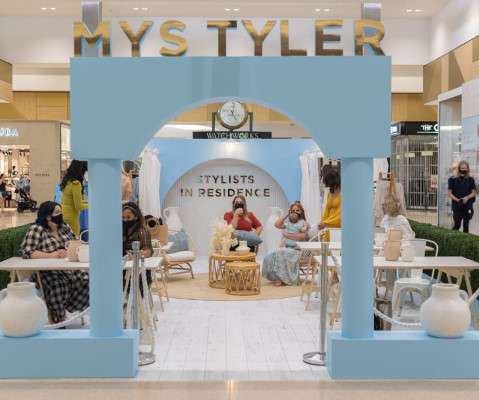Ron Johnson’s Enjoy Technology Files for Bankruptcy, Set to be Sold
Retail TouchPoints
JULY 1, 2022
The ultimate plan is to sell to the highest bidder. Johnson co-founded Enjoy in 2014 after leaving JCPenney and currently serves as its CEO. Johnson co-founded Enjoy in 2014 after leaving JCPenney and currently serves as its CEO. To fund its operations throughout the Chapter 11 proceedings, Enjoy has received a $2.5












Let's personalize your content